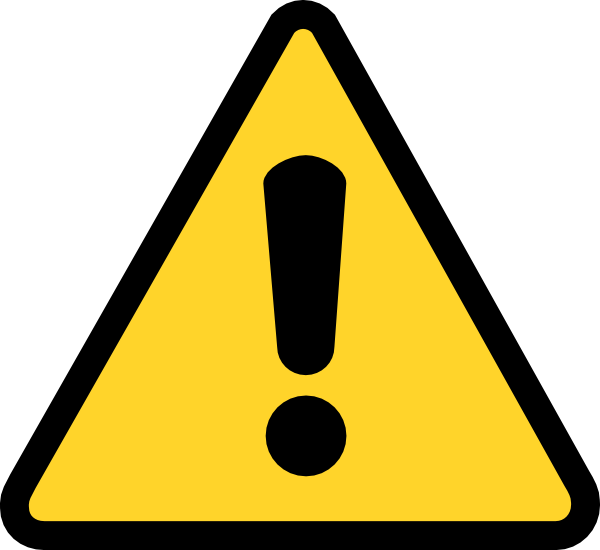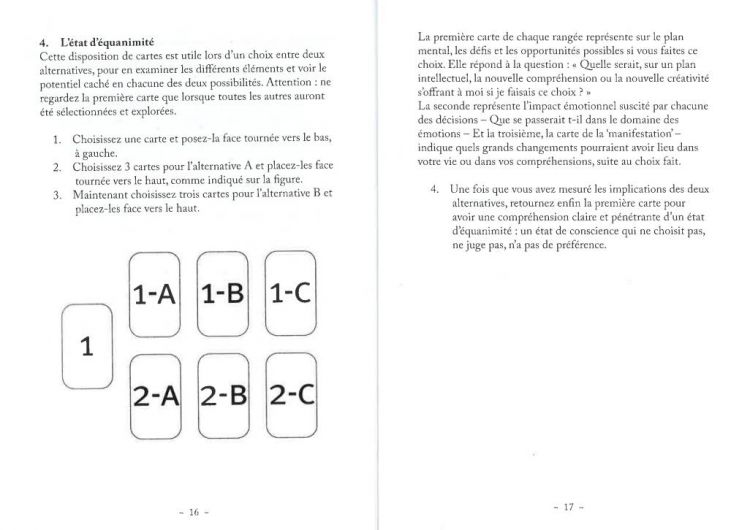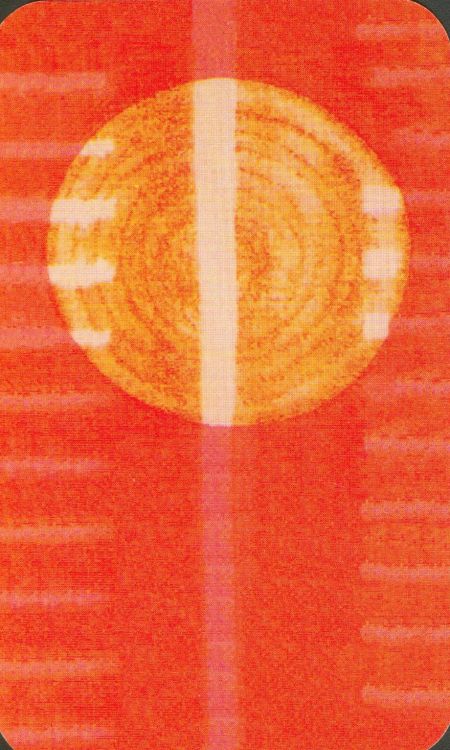To my knowledge, the Tarot of Transformation is the only deck that takes its inspiration from the teachings of millennial spiritual traditions as varied as Christianity, Zen philosophy and others. It therefore offers a kind of synthesis of these different doctrines. This is certainly the quality and success of this game.
But make no mistake about it. It is not a tarot, it is an oracle. And even as an oracle, I'm not sure that its use is suitable for prediction, divination or personal development. This deck is like a book of wisdom, but that's not enough to make it a deck for divination. It is impossible to use numerology, the images are not rich enough in symbols, it has no internal structure. Also, in my opinion, the real use of this game is guidance. And in this, it would probably be one of the best current guidance deck if each of its cards had a key sentence recalling the moral of the card.
Beginners in tarology will use this game for guidance.
The experienced practitioner will be able to try to draw the cards with this deck, as long as he has a good intuitive reading.

 Please note that this review is based on material and product in French. Depending on the edition you buy, the material could be identical, but also different on the packaging, the guidebook, the booklet, or the card stock . I'm sorry I can't systematically buy tarot cards and books in all editions (I don't receive gifts from publishers)! 😅
Please note that this review is based on material and product in French. Depending on the edition you buy, the material could be identical, but also different on the packaging, the guidebook, the booklet, or the card stock . I'm sorry I can't systematically buy tarot cards and books in all editions (I don't receive gifts from publishers)! 😅 


















